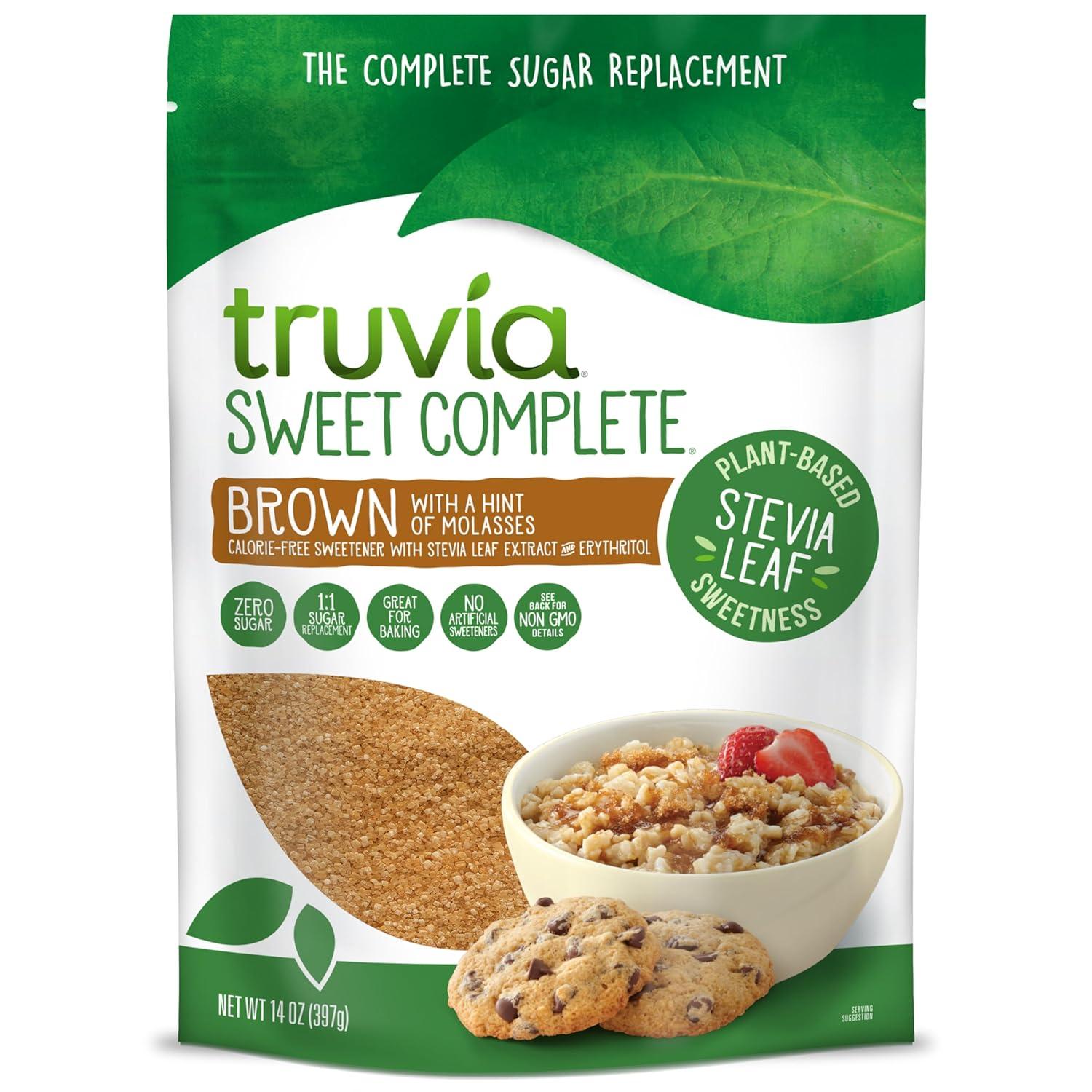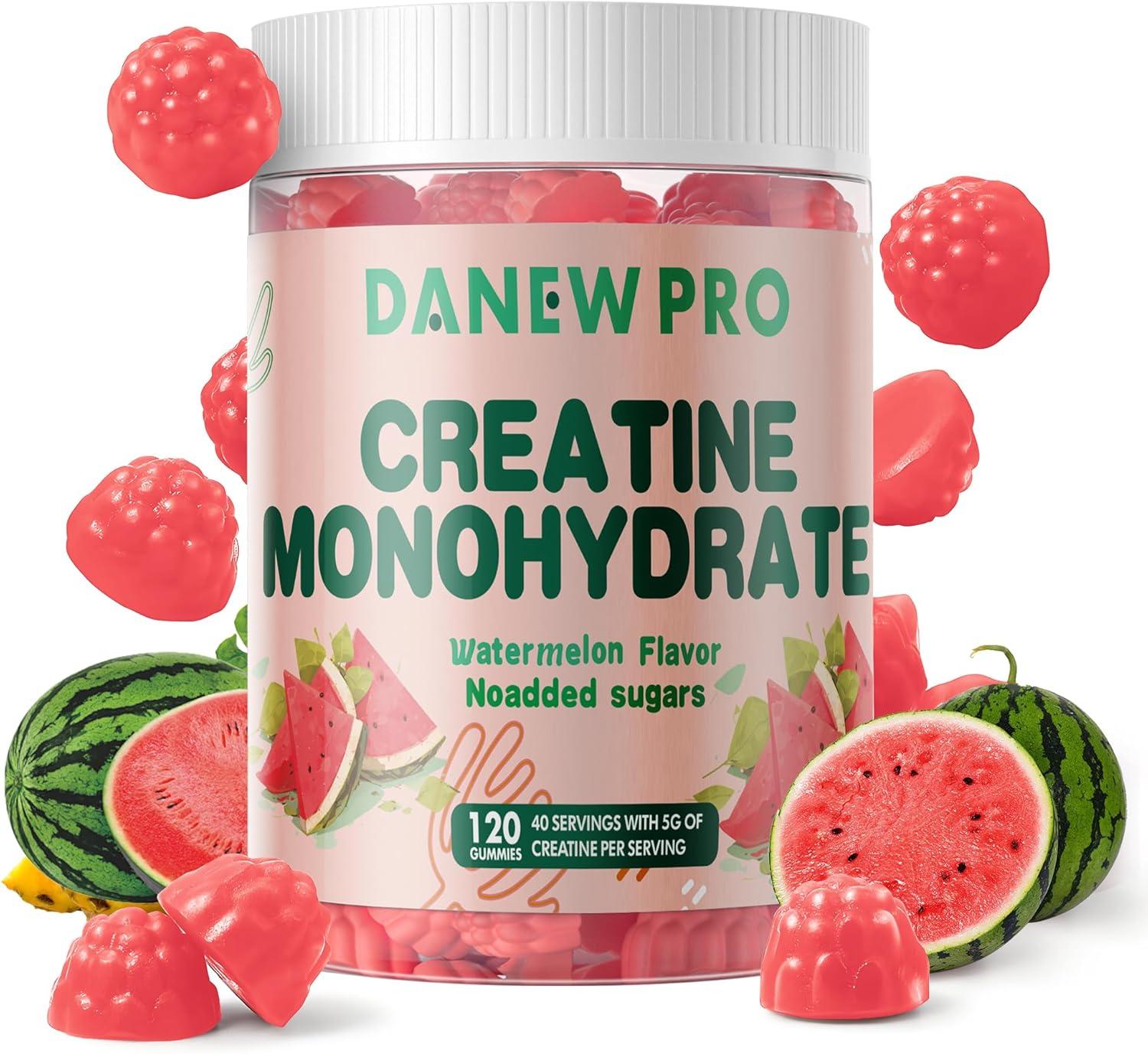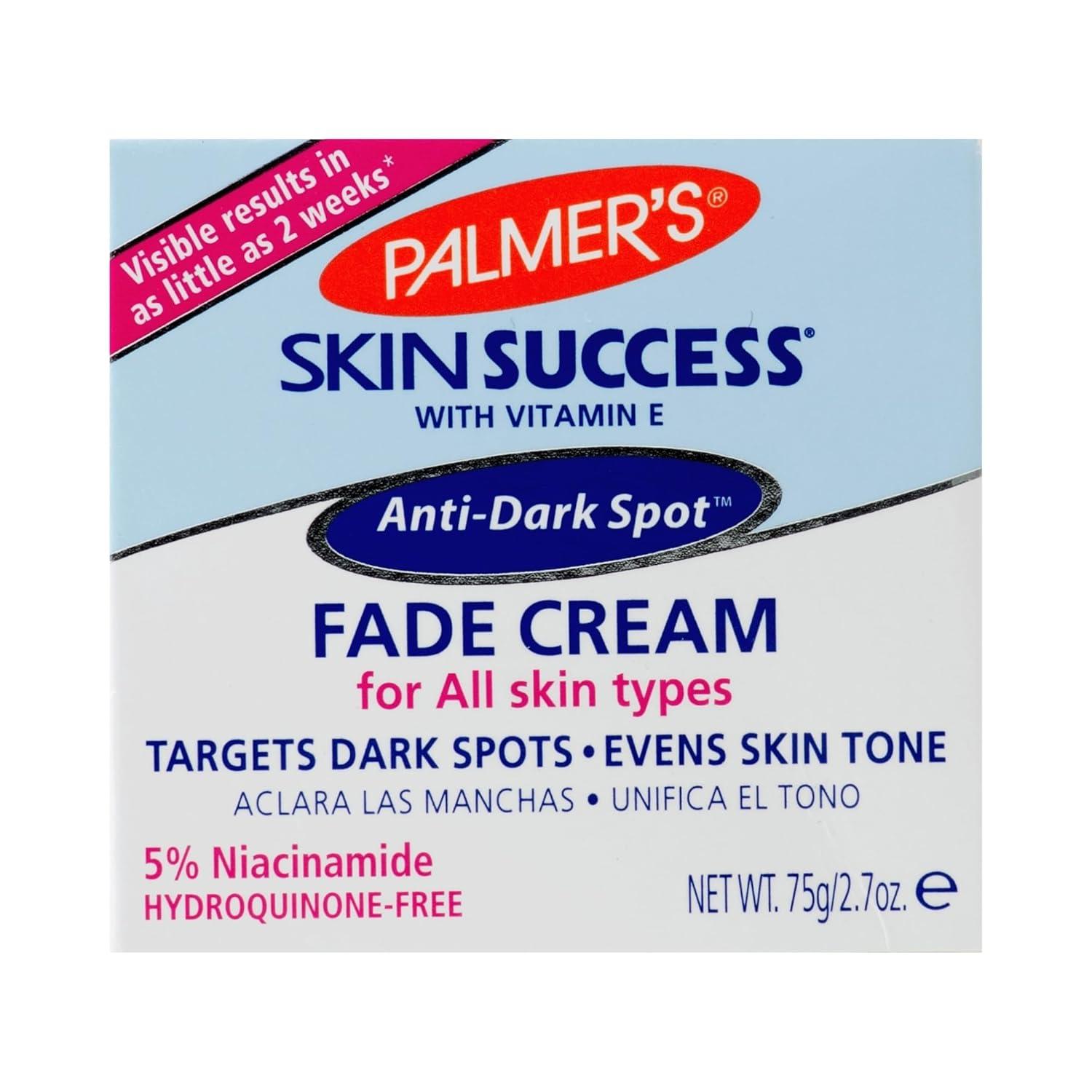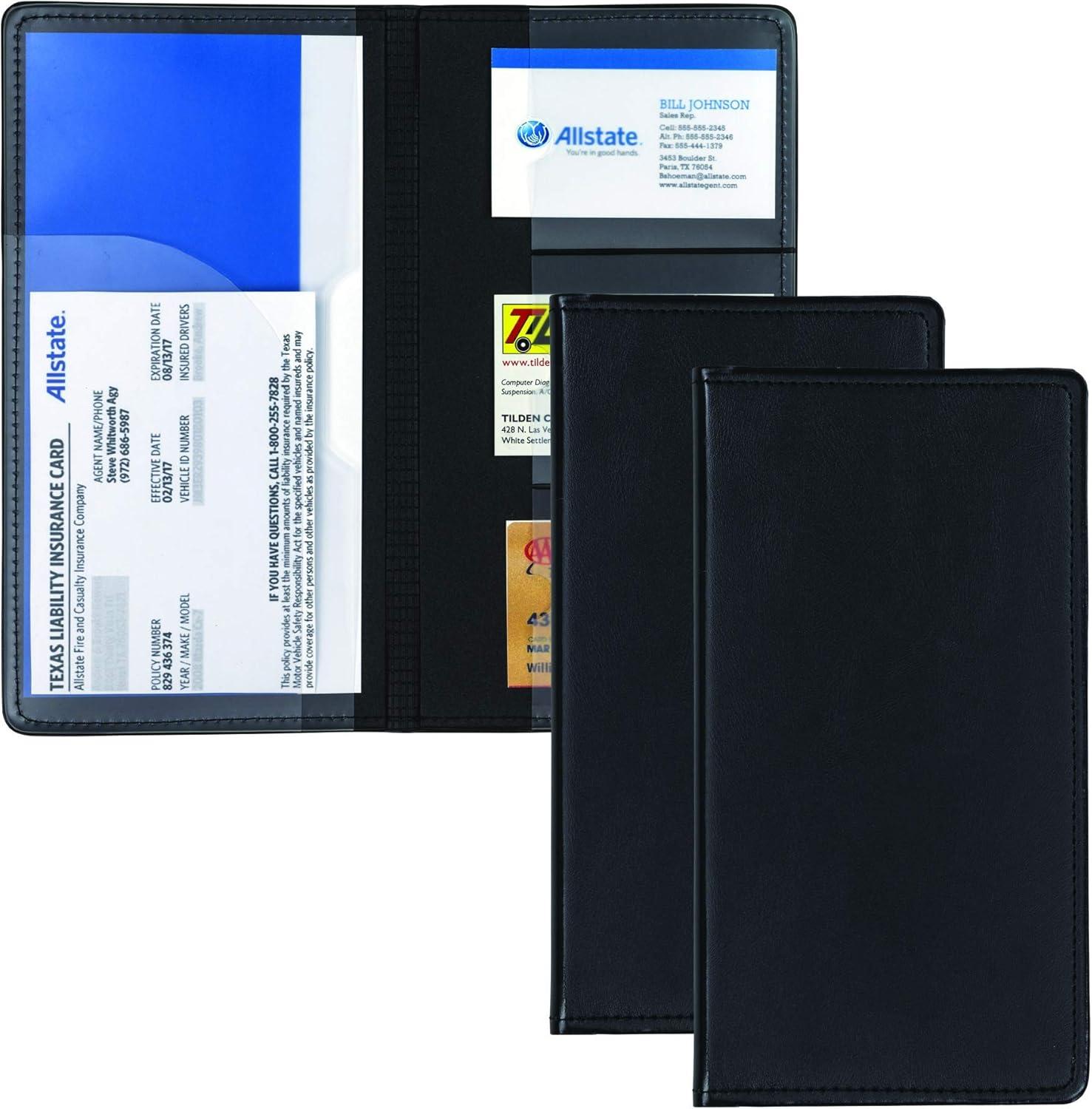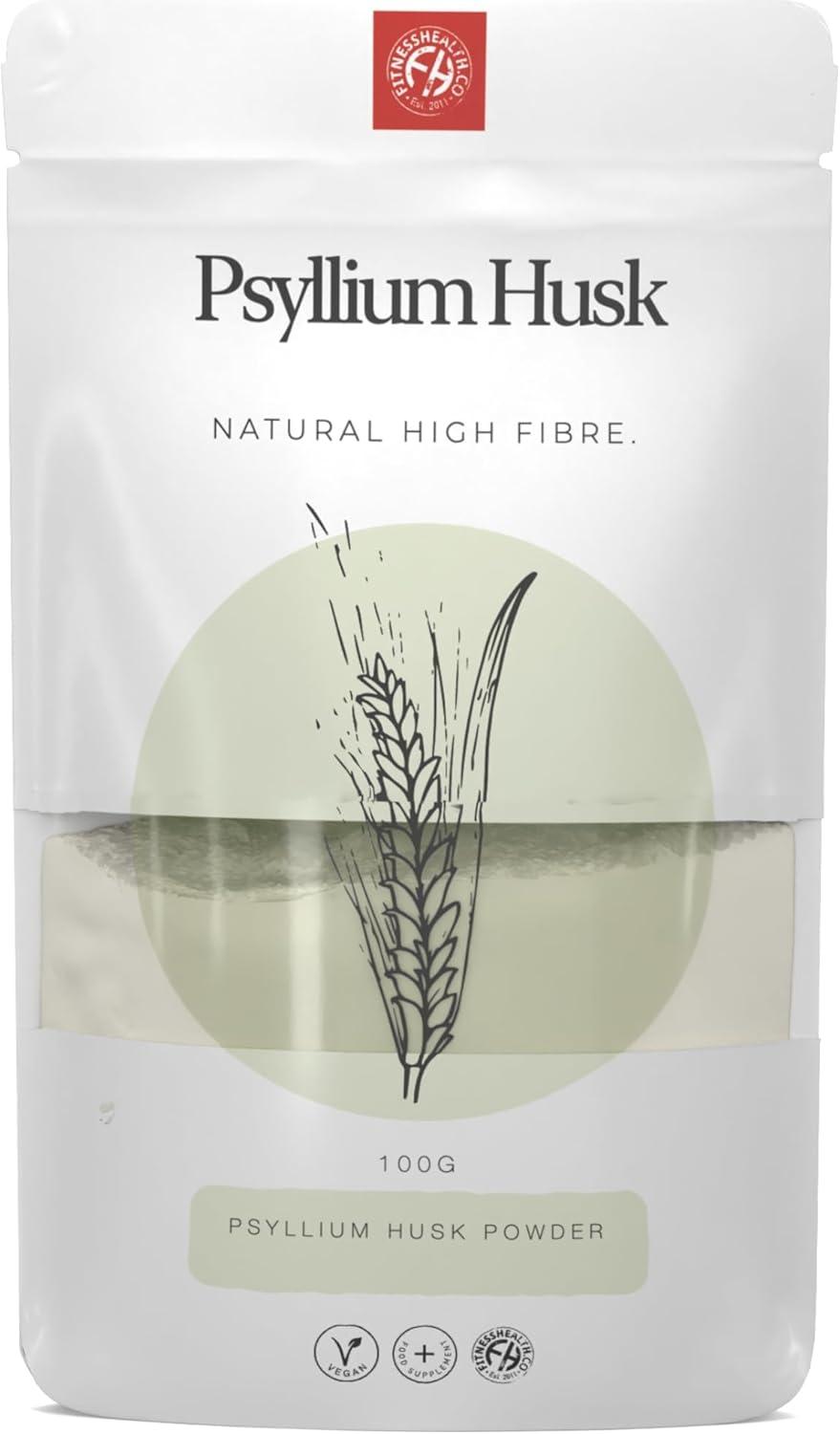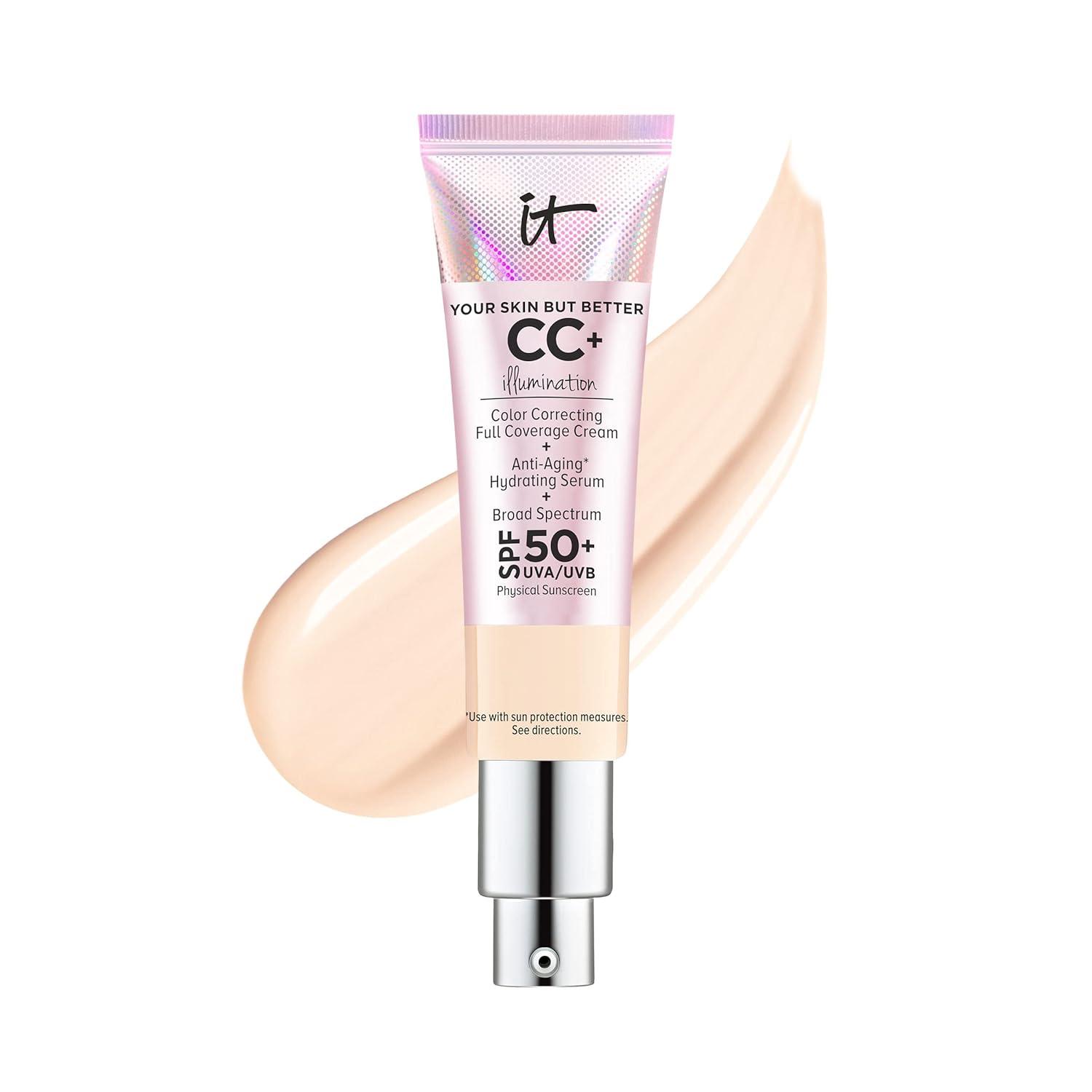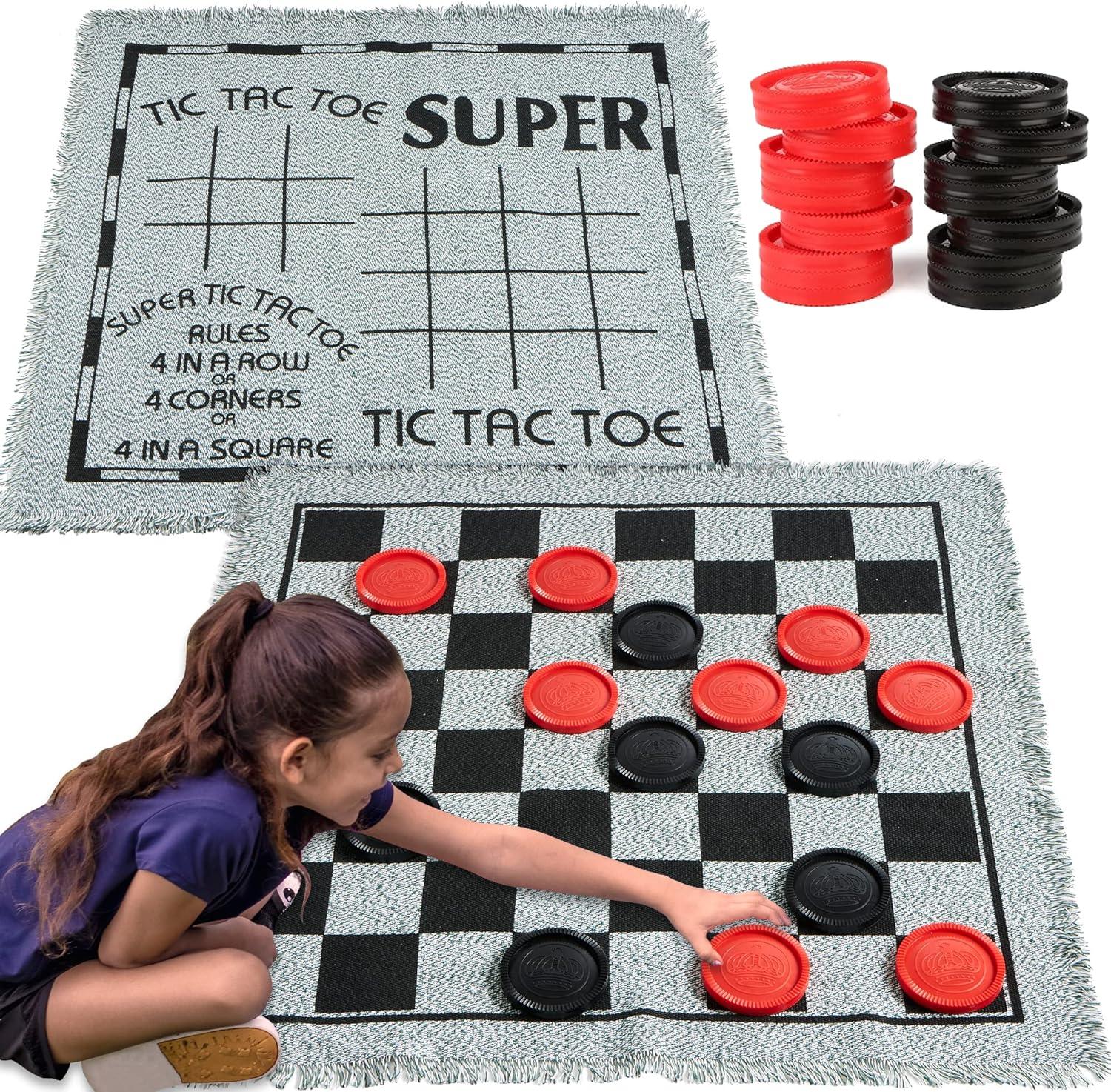A Journey Through nutritious Beginnings

As a parent, I found this extensive guide to be a lifesaver. It breaks down nutrition needs for each stage of my baby's advancement, making it easy to follow. The 200+ recipes are diverse, ranging from simple single-ingredient purees to more complex toddler meals. I especially appreciated the gradual transition from purees to finger foods, which eased my child's introduction to solids without overwhelming me. The detailed explanations for each recipe and the developmental tips made me feel confident in choosing healthy, organic options.
The book's structure is intuitive, with clear sections for infancy, solids, and family-kind meals. I loved how it included smoothie recipes and easy finger foods,which kept my baby engaged during mealtime. The family recipes were a bonus-manny dishes could be made with minimal effort and shared among everyone. It's been a great resource for ensuring my child gets balanced nutrition without relying on store-bought options.
One thing I noticed is that some recipes require specific ingredients or equipment, which might be a minor inconvenience. However, the variety and creativity of the meals more than make up for it. The book feels like a one-stop shop for all childhood food needs, though it's a bit thick to flip through.Still, it's worth the investment for parents who prioritize organic, homemade meals.
| Key Features | Pros | Cons |
|---|---|---|
| 200+ organic recipes for purees, solids, and toddler meals |
|
|
Curated Recipes for Every Palate and Stage

This comprehensive guide has been a game-changer for my baby's nutrition journey. With 200+ recipes spanning purees, finger foods, and toddler meals, it covers every developmental stage, from newborns to preschoolers. The breakdown of age-specific needs was incredibly helpful-I no longer feel overwhelmed by choosing what's right for my child. The single-ingredient purees are perfect for introducing new flavors, and the smoothie recipes added variety to our routine. What stood out most was the clear guidance on transitioning to solids, which made the process feel natural and stress-free.
the book's approach to organic, wholesome ingredients is reassuring. I appreciate the emphasis on natural nutrients and how it simplifies meal planning. The tips for portion sizes and meal timing were practical, especially when balancing my baby's needs with my own. Even though it's a baby food book, the family recipes included are a bonus, allowing me to prepare meals that everyone can enjoy.The structure is intuitive, with sections organized by age, making it easy to find what's needed at any given moment.
The only minor drawback is the dense amount of information, which might feel overwhelming at first. However, once you get into it, the recipes are straightforward and adaptable. The book also lacks some gluten-free or allergen-free options,but that's a small trade-off for the wealth of organic choices.it's a reliable resource for creating nutritious, homemade meals that grow with my child, and I've seen a noticeable improvement in their eating habits.
| Key Features | Pros | Cons |
|---|---|---|
| 200+ organic recipes for purees, solids, and family meals Stage-specific developmental guides 150+ transition recipes for solid foods |
|
|
Organic Purity in Every Spoonful

The Big Book of Organic Baby Food is an essential resource for parents navigating their child's nutritional journey. With over 200 recipes, it simplifies meal planning by organizing content by developmental stages-from newborns to toddlers. I appreciated how each section explained what to expect in terms of texture and nutrition, making it easy to adapt dishes as my baby grew. The variety of single-ingredient purees, creamy smoothies, and finger foods helped me avoid repetitive meals while ensuring balanced nutrition. It's a time-saver that feels both thorough and approachable.
What stood out was the seamless transition from purees to solid foods. The book includes more than 150 recipes for early solids, which were perfect for introducing new flavors gradually.I especially loved the tips for portion sizes and cooking techniques that made preparing meals less stressful. The recipes are simple, using organic ingredients that are easy to source, and the instructions are clear. It's not just about feeding; it's about fostering healthy eating habits from the start.
For older toddlers, the 70+ family-friendly recipes are a game-changer. They're basic but delicious, allowing meals to be shared with the whole household. The book's structure feels like a roadmap, with everything from allergy considerations to creative meal ideas covered. However, the physical book is a bit heavy, and some recipes require more advance planning than others. Still, the value of having a comprehensive, organic-focused guide for years makes it worth the effort.
| Key Features | Pros | Cons |
|---|---|---|
| 200+ organic recipes for purees, solids, and toddler meals |
|
|
From Kitchen to Table Our Honest Take

As a parent, I found this book to be a lifesaver during my baby's early feeding journey.The 200+ organic recipes are easy to follow and cover everything from single-ingredient purees to toddler-friendly meals, ensuring my child always had nutritious options.The guidance for each developmental stage was especially helpful-like knowing when to introduce finger foods or how to adjust textures as my baby grew. I appreciated the clear structure that made meal planning stress-free and the creative twists on classic dishes that kept meals exciting.
What stood out was how it simplified the transition to solid foods. The section on purees and smoothies was thorough, with tips on blending techniques and portion sizes. Even better, the book didn't stop at baby food-it included 70+ family recipes that were just as delicious and nutritious, making it a versatile resource for the whole household. The detailed overview of each stage helped me make informed choices about what my child needed at every point, from infancy to toddler years.
While the 296-page book is comprehensive, it's slightly heavy at 2.31 pounds, which might be inconvenient for travel. Some recipes required multiple ingredients, which could take time to prepare. Though, the variety and ease of use made it worth the investment, especially for those prioritizing organic, homemade meals.
| Key Features | Pros | Cons |
|---|---|---|
| 200+ Organic Recipes (Purees, Solids, Toddler Meals) |
|
|
| Developmental Guidance for Every Stage |
|
|
| Family-Friendly Recipes Beyond Baby Food |
|
|
Empowering Parents with Simple Guidelines

the big Book of Organic Baby Food is an invaluable resource for parents seeking to nourish their babies with wholesome, homemade meals. As someone who's navigated the challenges of introducing solids, I found the book's structured approach to be a game-changer. Each section meticulously outlines developmental milestones and offers practical tips, making it easy to choose the right foods for every stage. The variety of recipes-from simple single-ingredient purees to creative toddler meals-is impressive, and I appreciated the balance between nutrition and flavour.It's rare to find a cookbook that feels both comprehensive and approachable, but this one delivers.
The transition from purees to finger foods and family meals is well-supported here.I loved the 150+ puree recipes, which were perfect for my baby's early stages, and the 70+ family-friendly dishes that helped streamline mealtime for everyone. The book also includes helpful pointers on portion sizes and ingredient substitutions, which saved me time and stress. It's clear the authors prioritized real, organic ingredients, and the recipes reflect that commitment with fresh, simple preparations that are easy to adapt.
The 296-page guide is organized logically,but I noticed some recipes might feel repetitive for more advanced stages.Also, a few require specialty ingredients that aren't always easy to find. however, these are minor drawbacks compared to the wealth of information it provides. For its purpose, this book is a reliable companion in building a healthy eating routine for your little one and the whole family.
| Key Features | Pros | Cons |
|---|---|---|
| 200+ organic recipes (purees, finger foods, toddler meals) |
|
|
Elevate Your Lifestyle

While both options offer valuable tools for preparing organic baby food, the showdown highlights that QR code recipes provide a groundbreaking convenience for time-strapped parents, eliminating the need for extensive planning.Though, "The Big Book of Organic Baby Food" remains a trusted resource with its detailed, age-specific guidance and expansive recipe collection, ensuring wholesome nourishment at every developmental stage.The choice between these methods ultimately depends on your priority-structured meal planning or instant recipe access.For those seeking comprehensive support, the Big Book is a must-have, while QR code recipes might be the future of organic feeding.

The Big Book of Organic Baby Food: Baby Purées, Finger Foods, and Toddler Meals For Every Stage (Organic Foods for Baby and Toddler)
Comprehensive guidance for every age and stage, ensuring balanced nutrition and seamless transition to solid foods with over 200+ recipes.
Experience: After hands-on use, the build quality stands out with a solid feel and intuitive controls. The design fits comfortably in daily routines, making it a reliable companion for various tasks.
| Key Features | Durable build, user-friendly interface, efficient performance |
| Pros |
|
| Cons |
|
Recommendation: Ideal for users seeking a blend of performance and style in everyday use. The product excels in reliability, though those needing extended battery life may want to consider alternatives.



